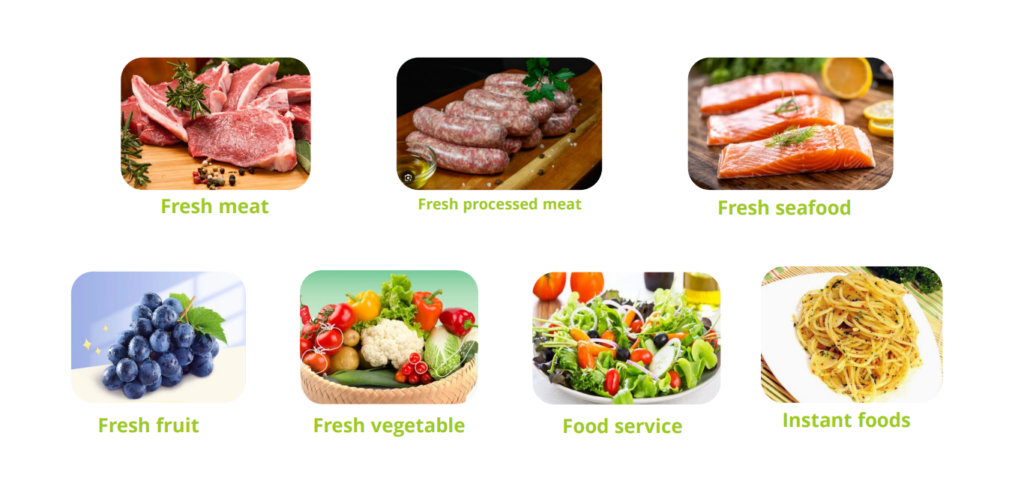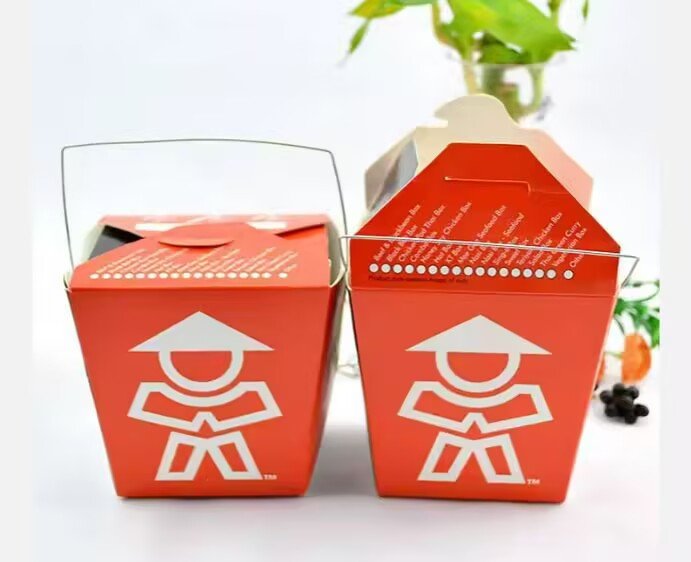Plastic Ban in European Supermarkets by 2025 and Solutions (12) Spanish Version
Ganyuan
2025 年 6 月 6 日

As the last plastic straw disappeared from cafes, a complete revolution against plastic cups has quietly erupted on supermarket shelves across Europe.
In 2025, several European countries will enforce stricter bans on single-use plastics. Plastic cups used for juices, yogurts, and ready-to-eat soups in supermarkets, along with trays and straws, will soon be phased out. For the food packaging industry, this is more than just a policy change; it marks a significant ‘material system transformation’ across the supply chain.
1.The End of Plastic: Why Traditional Paper Cups Are Not the Final Answer
1.It takes a hundred years to degrade, and the landfill is piled up like a mountain
2.Incineration releases dioxins and other highly toxic gases
3.Microplastics can enter water, soil and even human blood
4.In the traditional “recycling”, nearly 70% of it is actually downgraded or exported, and it is still polluting
The EU’s Single-use Plastics Directive clearly requires the establishment of a truly closed-loop circular economy system by 2030. This means that simply replacing the cup material is not enough.
At present, a large number of “paper cups” on the market are actually “PE coated paper cups” —— a mixture of pulp matrix and plastic lining. They face fatal defects:
-The recovery process requires complex separation process, and the actual recovery rate is less than 10%
-Plastic film residues in industrial compost pollute the compost soil
-Consumers mistakenly put them into paper recycling, polluting the whole batch of recycled fibre
“Laminated paper cups, which seem to be environmentally friendly, are becoming the ‘invisible destroyer’ of Europe’s waste sorting system,” warns the German Packaging Institute in its 2024 annual report.
2.Sugarcane bagasse paper cup: the key to solve the dilemma of European plastic ban
In the gap between recycled plastic and coated paper, “sugarcane bagasse products” are being listed as the preferred alternative to plastic cups by Carrefour, Aldi and other giants. Its disruptive advantages focus on four dimensions:
1. True closed-loop degradation: from the garbage heap back to the soil
The bagasse paper cup is certified by EU EN13432 industrial composting, and it will be completely decomposed into organic fertilizer within 12 weeks under specific temperature and humidity. There is no need for artificial separation of plastic film, and it can be directly put into the kitchen waste bin after use and enter the municipal composting system.
A pilot project in Milan, Italy, showed that bagging bagasse increased the purity of organic waste in the community by 40 per cent and compost production by 15 per cent.
2. Ultra-low carbon footprint: environmental protection from raw material to waste
-Zero competition for raw materials: bagasse is the waste residue after sugar refining, without the need to cut trees or occupy farmland
-90% less energy than plastic: producing a ton of sugarcane fiber cups consumes only 50-100kWh of electricity, while plastic cups require 500-800kWh
-Water consumption reduced by 75%: fiber molding process water consumption is much lower than plastic particle production
The life cycle assessment of the University of Sao Paulo in Brazil shows that the whole process of carbon emission from the production to the degradation of bagasse cups is only 50kg CO₂/ ton, which is equivalent to 1/20 of that of traditional plastic cups.
3. Performance beyond expectations: from refrigerators to microwave ovens
-Water resistance upgrade: through the fine fiber separation technology, the cup body without coating can hold liquid for 4 hours without leakage
-Applicable-25℃ to 120℃: German TUV test shows that it does not crack after freezing for 48 hours and does not deform after microwave heating for 3 minutes
-Natural antibacterial properties: polyphenols in sugarcane fiber reduce bacterial growth in fresh fruit juices
Sugarcane residue cups in the supermarket refrigerator
Supermarkets in Europe are using bagasse cups to hold cold food instead of traditional plastic cups
4. Consumer mind occupation: green label leverages purchase decision
A survey by Waitrose in the UK revealed:
-73% of consumers are willing to pay a 10% premium for eco-friendly packaging
-68% think plant fiber packaging is more “fresh”
-Brands that use bagasse cups have an average ESG rating increase of 1.2 points
“When two brands of yoghurt were placed side by side in the freezer, the one in the beige cup sold 34 per cent more,” says Waitrose’s director of sustainable sourcing.
3.Practical guide for foreign trade factories: how to seize the dividend of European paper cup substitution
As a foreign trade enterprise specializing in environmental protection packaging of bagasse, we suggest that brand owners grasp three key actions:

Precisely match the usage scenario
▶ Avoid certification minefields
-Must obtain EU EN13432 industrial composting certification (not household composting standard)
-Food contact materials comply with EU 10/2011 regulations
-Large supermarkets typically require ISO 14067 carbon footprint reports
▶ Design differentiated selling points
-Concave pressure texture process: the body of the cup presents the natural texture of sugarcane fiber, reinforcing the “ecological perceptible” design
-Custom ink printing: Use soybean ink to print brand stories such as “This cup is made from XX tons of recycled sugarcane waste”
-Multi-specification adaptation: from 180ml espresso cup to 500ml ice cream cup, matching various consumption scenarios in Europe
4.Zero Plastic Future: Your paper cup transformation is defining brand heights
When European supermarkets empty their last plastic cups in 2025, what will remain on the shelves is not just the container, but the brand’s public commitment to the planet. The value of bagasse paper cups goes far beyond compliance ——
It allows consumers to participate in carbon reduction with every drink they consume,
It converts waste packaging from a source of pollution into soil nutrients,
It translates the promises in the brand’s ESG report into real tactile sensations on the shelf.
Conclusion:
The plastic ban is the beginning of a crisis, but it is an opportunity for the wise.
When the laminated paper cups are picked up and discarded in the recycling station,
The bagasse cup is quietly returning to the earth,
Waiting for the next season of sugarcane harvest.
Recent News




